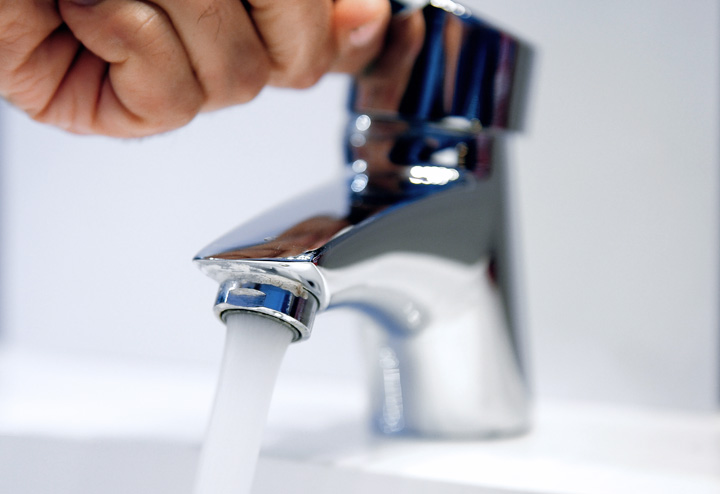When Brennen Mcguire, a two-spirit TikTok creator posted a video last January, he wasn’t expecting the overwhelming response he got.

“I didn’t realize I would have that kind of outreach,” he says.
After living on the Tyendinaga Mohawk reserve in southeastern Ontario for nine months, he wasn’t looking to use TikTok to copy the latest dance routines. He wanted to highlight some First Nations reserves where clean drinking water remains impossible to find.
So last January, from his account called @slapppps, Mcguire showed black water spewing from the pipes of his home. The video went viral, racking up 2.5 million views.
“You don’t realize that being thirsty is a scary situation until you’re thirsty and you don’t have any water.”
His videos started with footage from his own reserve, then highlighted others from Canada that are facing the same issue. Some of these include Chippewas of Nawash First Nation in Ontario, Tataskweyak Cree Nation, and Star Blanket Cree Nation.
According to the Federal Government, there are 51 long-term drinking water advisories in 32 Indigenous communities throughout the country.

Get daily National news
“Our current prime minister has promised many times to fix this issue. It was his campaign promise,” Mcguire said.
In 2017, Prime Minister Justin Trudeau spoke before the United Nations General Assembly stating that “our efforts include investments to help bring safe and clean drinking water to all Indigenous communities.”
Since November 2015, 108 long-term drinking water advisories have been lifted, but a new water system can take three to four years to complete, so there is still a long way to go.
Mcguire says he grew up in a household where he had the privilege of getting clean water whenever he wanted. After moving to Tyendinaga, the water issue became real for him.
He says it was shocking and baffling that getting clean water was now part of his routine. Mcguire said he now has to travel 20-30 minutes to the Napanee water treatment plant to obtain clean drinking water.
“It’s not a routine I thought I would ever have to be a part of,” he said.

Construction is happening right now to fix his reserve, but there are still some streets that are in need of clean water.
While the federal government continues to work through the issue, outside organizations such as Water First Education and Training Inc. which was founded in 2009 have stepped up. They help first Nations communities solve local water challenges through education, training, and collaboration.
Today, they have partnered with more than 50 Indigenous communities throughout Canada.

Mcguire says he makes videos that are easily accessible and sharable on social media to spread awareness about other reserves that are in need of help.
- Michael Kovrig reflects on ‘brutally hard’ Chinese detention: ‘You’re totally alone’
- Conservatives set to table non-confidence motion Tuesday. What to expect
- After controversial directive, Quebec now says anglophones have right to English health services
- Something’s fishy: 1 in 5 seafood products are mislabelled, study finds








Comments